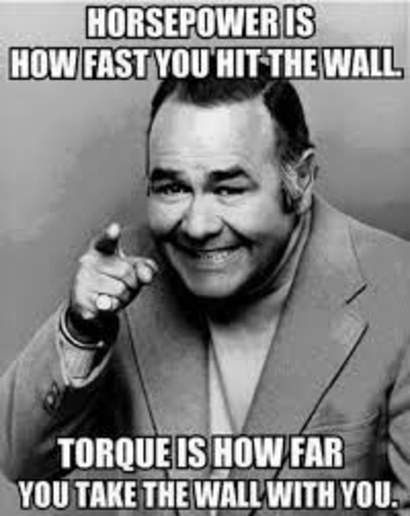A semi, tipping the scales at 80,000 pounds can get 6 to 8 miles to a gallon. A diesel pickup with a curb weight of [b:1f1f110719]less than [/b:1f1f110719] 10,000 pounds gets under 20 empty. Doesn't it seem odd that they can't get that pickup up into the 20's empty? Heck even at the magic 26K range they are less than 1/3rd the weight, they should therefore loaded get more than 3 times the mileage shouldn't they? Like 3X6+18 LOADED? Or 3X8+14 LOADED?
Just thinking about it. Not knocking anyone of diesels. If anything it's the engineers and management.
Rick
Just thinking about it. Not knocking anyone of diesels. If anything it's the engineers and management.
Rick


